Once past the cross-quarter point in early February, the small return of evening light -- stolen so prematurely and frustratingly back at Lammas -- is just enough to rekindle the enthusiasm to go forward into a new growing season; although frankly, at this point, sitting with my feet up and a book on my lap has not lost much of its appeal. Lengthening days do make me itchy to get back on the land and, as they say, hope does spring eternal each year. But climate change is increasingly putting a strain on that.
The three wettest years on record in south-central Wisconsin have all occurred since 2016. The next three wettest occurred during the previous seven years. So that's the six wettest years occurring in the past twelve; the odds of having another “wettest year on record” are therefore effectively one in two at this point, rather than the 1 in 80 that would otherwise be expected (the climate database I'm looking at goes back to 1940).
Of course, the yearly moisture increase wouldn't be problematic if most of the precipitation was falling during the winter months but, by-in-large, the increase maps predictably onto the existing pattern of precipitation across the year, with its two peaks in June and August. Unfortunately, these are especially key times for vegetable growers – the first, when seeds are going into the ground and in danger of being swept away; the second, when key production-crops – onions, late cabbage, tomatos, peppers, squash – are in need of dry heat for ripening and susceptible to rotting or curing poorly if too much moisture is present.
The trend in August rains over the past 80 years is particularly interesting. A search for two-inch-plus single-day rainfalls in the database of the Midwest Regional Climate Center shows that – if you divide the past 80 years into four 20-year blocks – the number of occurrences of such heavy rain episodes proceeds from 0 in the 1940s & '50s to 3 during the 60s and 70s, to 7 and finally to 9 in the first two decades of this century. Four of these 19 heavy rain events also exceeded three inches – with all of those occurring in this century.
Human-induced increases are also detectable in June precipitation, but two-inch June rains were not unknown in the 40s and 50s, and the rise in them through the ensuing decades not nearly so dramatic. So, what's going on with August?
The zero-to-nine leap in August looks to be an overlap of the climate change signal with another of anthropogenic origin – the rise in the number of corn calories that can be produced from a given area of land. Advances in corn breeding led to increased cultivation in the upper midwest from the mid 20th-century onward, taking the form first of more acreage planted and – more recently – of more corn being planted per unit area. Corn metabolism requires large amounts of water to be transpired from leaf-surfaces, the evaporation of which shows up as increased moisture in the near-ground environment. As distance between corn plants, both within-row and between-row, has decreased with advances in genetics over the decades, the dewpoint in the corn-belt during late summer, when the plants are reaching maturity, has steadily risen (or at least there is evidence of that in the climate record at Madison).
Comparing “extreme” occurrences of high dewpoint in August (i.e., > 70°f) occurring from 1948-57 (the earliest period when dewpoint records were kept) with those that have occurred in this century, there is an average 12% increase in frequency, and a 16% increase in the level of atmospheric moisture associated with those occurrences (in terms of mass of water per unit mass of air).
While higher dewpoint doesn't automatically translate into increased rainfall, it does make the lower atmosphere more buoyant and unstable than it would otherwise be, so that other factors leading to thunderstorm production have one less obstacle to overcome. And once a thunderstorm gets going, the increased low level moisture is almost certain to manifest as heavier precipitation. I would be curious to see a trend-line of corn-calorie production per unit area over the past 80 years to see if it matches the 0,3,7,9 pattern of anomalous rain events.
All of this must weigh heavily on those getting started in farming. Staring-down a 50/50 chance of seeing yet another precipitation-record be broken each year takes a stout constitution. I'm seldom glad I'm 60, but I will consider myself lucky to have got started in farming when the climate was still reasonably conducive to growing vegetables in the upper midwest. I just hope my younger colleagues can adapt to the challenge without giving up.




